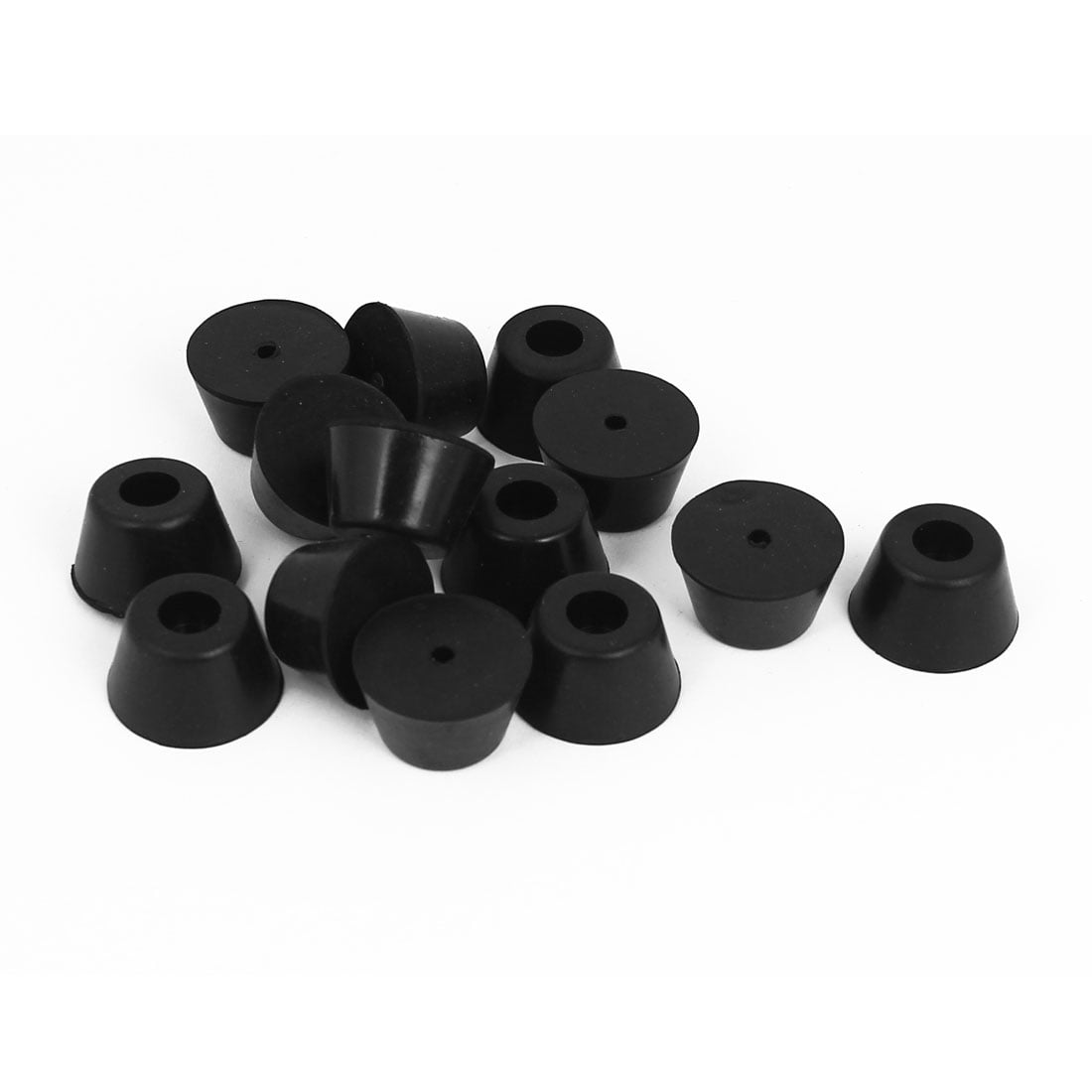
They absorb shock and attenuate some vibration. Molded and bonded rubber and elastomeric isolators and mounts These are often used as machinery (such as engines) mounts or in vehicles. Elastomer pads, dense closed cell foams and laminate materials are often used under heavy machinery, under common household items, in vehicles and even under higher performing audio systems. Pads or sheets of flexible materials such as elastomers, rubber, cork, dense foam and laminate materials. Sometimes they serve as mounts for a concrete block, which provides further isolation. Mechanical springs and spring-dampers These are heavy-duty isolators used for building systems and industry. The air container can interfere with isolation of low-amplitude vibration. Air systems may leak under vacuum conditions. These tables provide enough isolation for laboratory instrument under some conditions. Air tables consist of a working surface or optical surface mounted on air legs. Some pneumatic isolators can attain low resonant frequencies and are used for isolating large industrial equipment. Air springs are rubber bladders which provide damping as well as isolation and are used in large trucks.

A source of compressed air is required to maintain them. A few of these applications are for industrial equipment such as pumps, motors, HVAC systems, or washing machines isolation of civil engineering structures from earthquakes (base isolation), sensitive laboratory equipment, valuable statuary, and high-end audio.Ī basic understanding of how passive isolation works, the more common types of passive isolators, and the main factors that influence the selection of passive isolators:Ĭommon passive isolation systems Pneumatic or air isolators These are bladders or canisters of compressed air.

Passive vibration isolation is a vast subject, since there are many types of passive vibration isolators used for many different applications. "Passive vibration isolation" refers to vibration isolation or mitigation of vibrations by passive techniques such as rubber pads or mechanical springs, as opposed to "active vibration isolation" or "electronic force cancellation" employing electric power, sensors, actuators, and control systems. Active vibration isolation involves sensors and actuators that produce disruptive interference that cancels-out incoming vibration. Passive vibration isolation makes use of materials and mechanical linkages that absorb and damp these mechanical waves.

Vibrations propagate via mechanical waves and certain mechanical linkages conduct vibrations more efficiently than others. Vibration is undesirable in many domains, primarily engineered systems and habitable spaces, and methods have been developed to prevent the transfer of vibration to such systems. Vibration isolation is the process of isolating an object, such as a piece of equipment, from the source of vibrations.


 0 kommentar(er)
0 kommentar(er)
